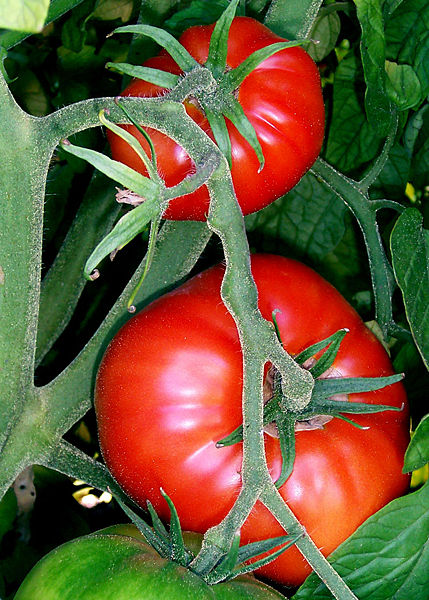
Tomatoes have appeared on our tables for so long that we have almost forgotten they came from South America. The Spanish and the Portuguese ignored them. The British studied them. The French brought them to Europe under the name of “Love Apple”, a name still existing in Italy. So it is said,…
FACTS:
-Season: All year round for greenhouse tomatoes, June=September for open-air tomatoes
-Analytic data (as per 100g):
Energy: 19 kcal
Water: 94.0 g
Carbohydrates: 4.7 g
Inorganic qualities:
Natrium: 3 mg
Potassium: 210 mg
Magnesium: 9 mg
Phosphorus: 26 mg
Vitamins:
A Beta caroten: 540 microg
B1: 0.05mg
B2: 0.02 mg
B6: 0.08 mg
C: 15 mg
Dietary fibers: 1.0 g
Licopin (Ricopin), Pectin, Luchin (Ruchin).
Licopin is a carotene variety particularly beneficial in fights against allergies and ageing. The Potassium and Vitamin C and Pectin help control cholesterol in blood.
Luchin reinforces capillary veins and arteries.
Recent researches in Germany and China have proven that tomatoes help control high blood pressure.
HEALTH FACTS:
-Combined with Potatoes, or Broccoli, or garlic, or onion, helps combat ageing.
-Combined with cabbage, or chilies, or spinach, helps combat cancer and helps blood flow.
-Combined with lemon, or cauliflower, or pimentoes, or parsley, helps lower blood pressure and improve blood flow.
-Combined with vinegar, or oranges, or apples, or strawberries, helps recovery from illness and injury, helps combat stiff shoulder.
Who said that the Italians look healthier than everybody else? LOL
VARIETIES
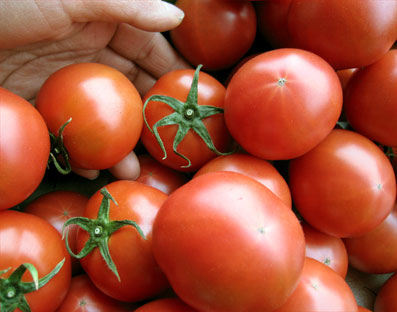
“Fruit Tomatoes”
This summer-maturing fruit can be bought all year round with the interesting consequence that tomatoes ripened in winter are sweeter than their summer cousins as they contain less water, earning themselves the name of “fruit tomatoes”, a great oxymoron, if there was one!
Thanks to consumers’ insatiable appetite for novelty, tomatoes are grown into all kinds of size, shape and colour.
Just to cite a few, the following are the most popular in Japan:

“Momotaro Tomatoes”
-Momotaro (after the Japanese “Peach Boy” tale), which becomes “Fruit tomato” in winter.
“Momotaro Tomato/Gold Variety”
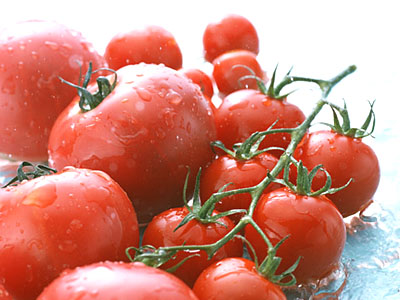
“Midi Tomatoes”
-Midi Tomato (sometimes called “Plum tomatoes”), a larger cousin of the “Mini tomato”, is very sweet and very high in nutrients. Its aroma has a particularly long life.

“Italian tomatoes”
-Italian Tomato: mainly used for cooking, it may often come in a comparatively elongated shape.
It contains less water and reveals both large amounts of sweetness and acidity, making it very conducive to long cooking with the extra bonus of actually improving in taste upon heating.
“Sicilian Rouge”, both for cooking and salads.
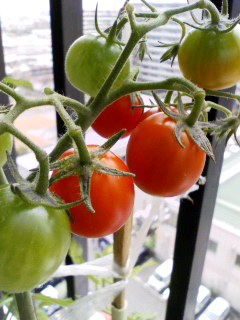
“Mini Tomatoes”
-Mini Tomato: one-bite sized, it is also called “Petit tomato”. It contains twice as many Vitamin C, and it is very rich in beneficent ingredients.

“Yellow Mini Tomatoes”
-Yellow Mini Tomato: characteristic for a lot of sweetness and very little acidity. Very handy for children who dislike vegetables!
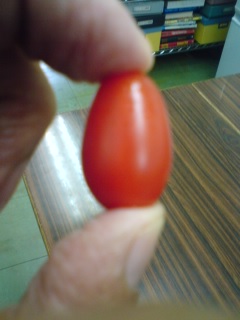
“Ameera Rubbins”
-Ameera Rubbins: with its larger Ammeera tomato, it used to be grown exclusively in Shizuoka Prefecture. They are the sweetest of all, tasting like strawberries, and very firm, making them ideal for decoration, notwithstanding their nutrient value. The smallest variety called “Rubbins” used to be grown by only two farmers near Iwata City!
Recently a yellow version is being grown experimentally.

“Micro Mini Tomatoes”
-Micro Mini Tomatoes: increasingly popular, they are only 8~10 mm and look somewhat like redcurrants. Very tasty with a beautiful acidity, the Japanese use them not only in salads, but also as the final touch on a plate of sashimi!
“Fruit Yellow”, a small variety popular with kids!
“Fruit Gold”, sweet and rich in vitamins!
“Nitakikoma”, a Japanese variety which does not break away even after long cooking.
“Green Zebra”, Japanese name for green heirloom tomato
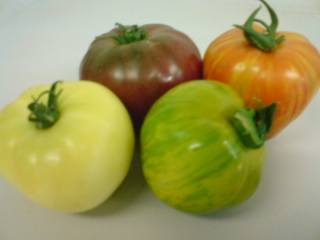
Heirloom Tomatoes grown in Shizuoka City!
“Green”, stays green when ripe
Great in tenpura!
“Cindy Sweet”, well-balanced and sweet
“Aiko”, Japanese variety. Exists both in yellow and red. Eaten cooked or raw.
“Tomato Berry”, small, sweet and well-balanced.
“Campari”, grown in Hokkaido, Japan, originally from Holland. Fruity!
“Amakko”, similar to “Campari”. Very sweet!
“Piccola Rouge”, Japanese version of an Italian Mini-tomato variety.
“First”. Appears in Winter. Grown in Iwata City, too! Beautiful pointed shape. Juicy!
Also called “Renaissance” in Shizuoka Prefecture.
“Piccola Canaria”, an orange variety of the Piccola.
“Black”, as it is called!
“Kisu”. Beautiful colour and very sweet!
“Zeitaku Tomato”, meaning “Extravagant Tomato” in Japanese! Fruity, juicy and sweet!
“Guppi”, a tasty tomato apt for cooking.
“Carrot Tomato”. High in carotens, taste similar to carrot. Appreciated raw.
“Orange Banana” from Russia! Very sweet!
“Evergreen”. Versatile, can be eaten raw, cooked or pickled.
“Strawberry Tomato”. A cousin of tomatoes. God balance between sweetness and acidity.
Also used as decoration.
“Tokutani Tomato”. Fruit tomato, especially grown in Shikoku Island. Brand Tomato. Very expensive!
Many more varieties are regularly imported!
RECOMMENDED RELATED SITES:
Warren Bobrow, Bread + Butter, Zoy Zhang, Hungry Neko, Think Twice, Frank Fariello, Mangantayon, Hapabento, Elinluv Tidbit Corner, Tokyo Terrace, Maison de Christina, Chrys Niles,Lexi, Culinary Musings, Wheeling Gourmet, Comestiblog, Chronicles Of A Curious Cook, Tokyo Through The Drinking Glass, Tokyo Foodcast, Palate To Pen, Yellin Yakimono Gallery, Tokyo Terrace, Hilah Cooking, More than a Mount Full, Arkonite Bento, Happy Little Bento; 5 Star Foodie; Jefferson’s Table; Oyster Culture; Gourmet Fury; Island Vittles; Good Beer & Country Boys; Rubber Slippers In Italy; Color Food daidokoro/Osaka;/a; The Witchy Kitchen; Citron Et Vanille, Lunsj Med Buffet/Estonian Gastronomy (English), Cook, Eat, Play, Repeat, Chrisoscope, Agrigraph, The Agriculture Portal to shizuoka!

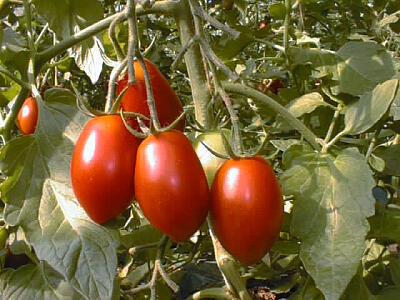

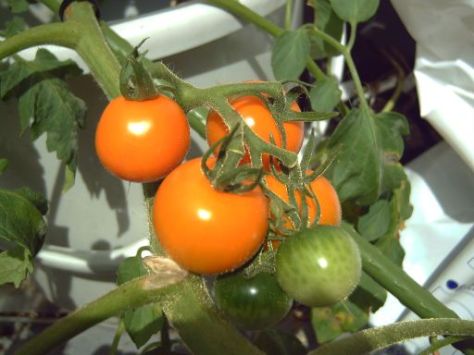
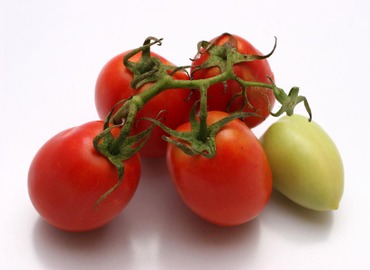

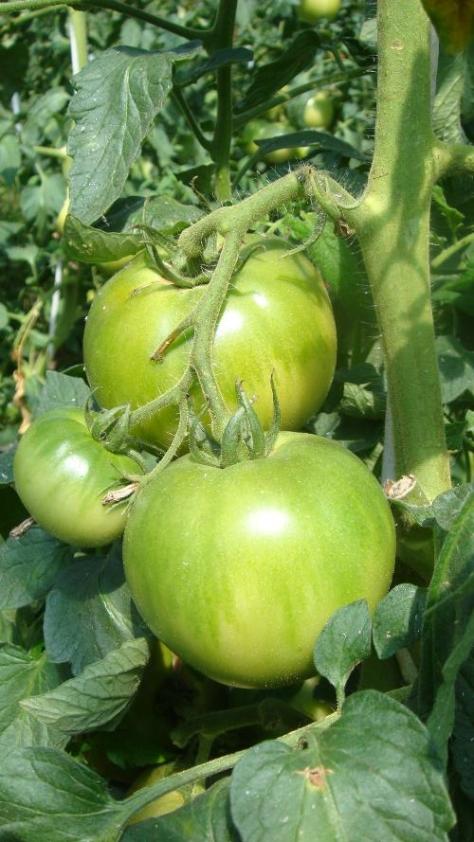
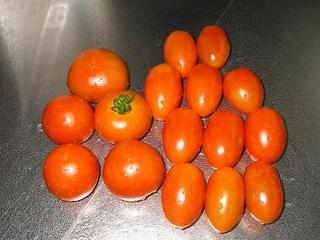

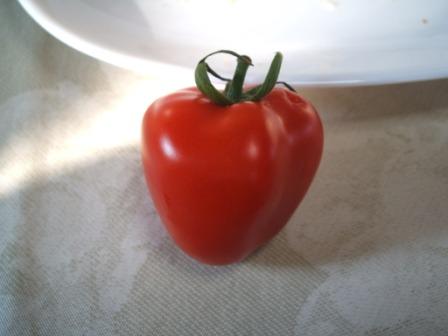


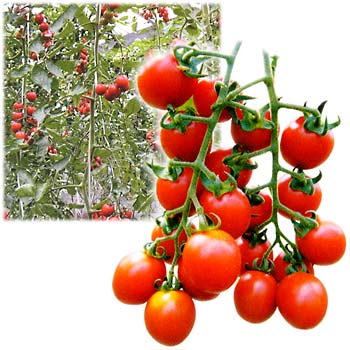

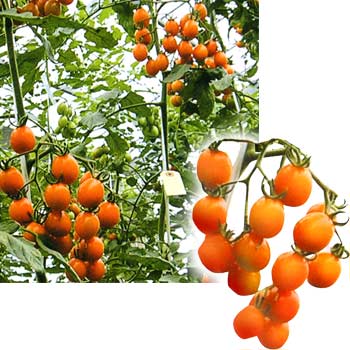
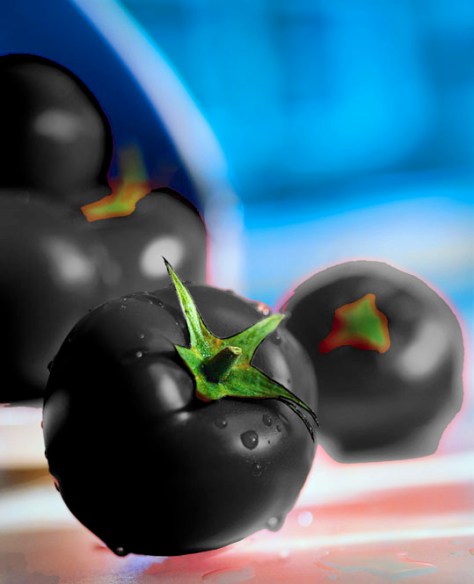

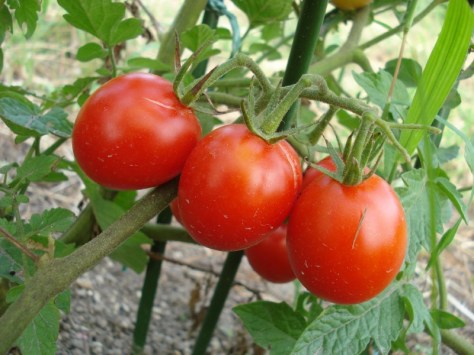
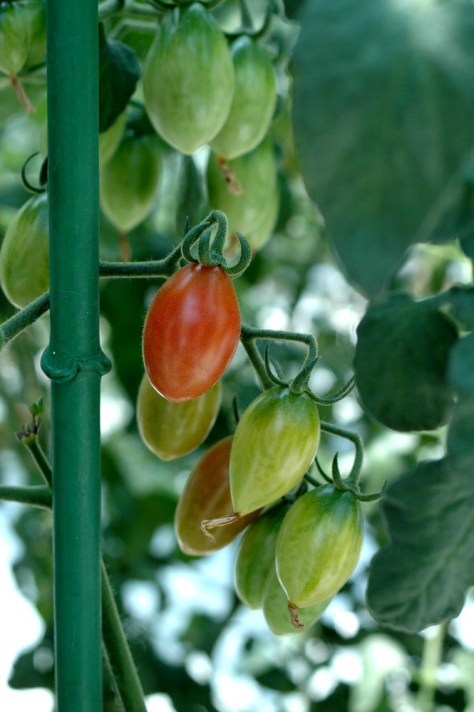


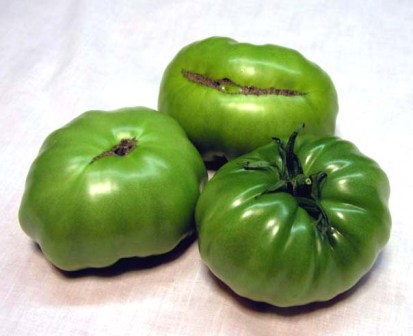
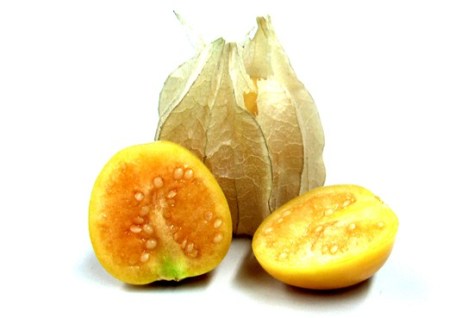

Delicious tomatoes
LikeLike
So many varieties in Jpan!
LikeLike
Great pics and descriptions! I used to live in Yokohama and still visit family there yearly. I’ve grown Amakko, Rennaisance, Aiko,and Fruits Gold (I think its renamed Sun Gold outside of Japan) from seed here in the US. Are Zeitaku, Guppi, Ameera or Tokutani available as seeds?
LikeLike
I don’t know about the seeds, but I will check!
LikeLike
Thanks for looking into the seeds. What is weird is that there is one variety called Tomatoberry Garden, is not available as seed to the Japanese public (only the plants, look it up), but they are sold here exclusively thru Johnny’s Seeds.
All the ones I have inquired about in this thread, are hybrids so they are either not going to be sold for a long time, or they will be pricey, most likely. Some might already be sold outside Japan, but re-named (like Sungold is) so I wouldn’t know. How do we find out about things like this? Maybe I will ask at the tomato forum I am a member of, online.
Suzie
LikeLike
Looked for one variety and found many. Very interesting, trouble is that I cannot try them all. I shall make a point of trying some.
LikeLike
I’m sure you will find enough of them!LOL
LikeLike
Excellent photos and descriptions. All hail the mighty and adorable tomato!
Just a comment: the tomato is biologically a fruit, although in cuisine nomenclature it is a vegetable as it is used for savory cooking as opposed to the sweet side of cooking.
LikeLike
Cheers, dear Patricia!
You are absolutely right!
LikeLike
What an incredible array of my favorite fruit. They all look simply delicious and full of flavor.
LikeLike
Plenty more coming, dear LouAnn!
LikeLike